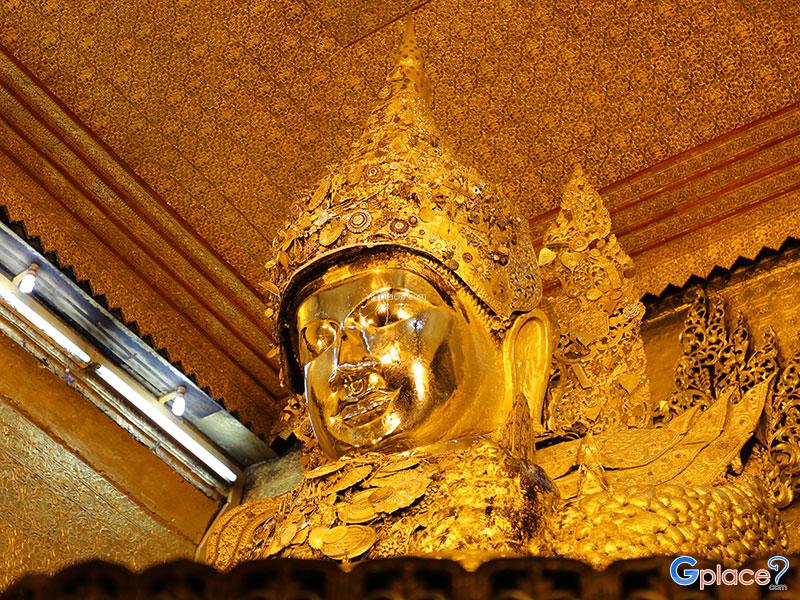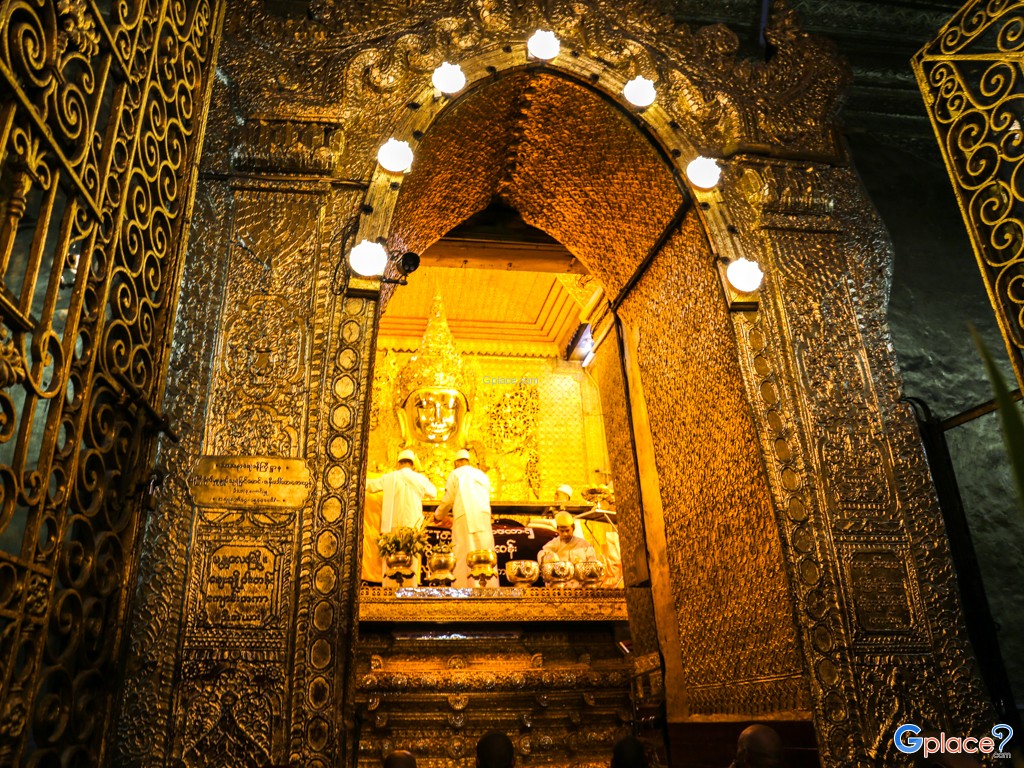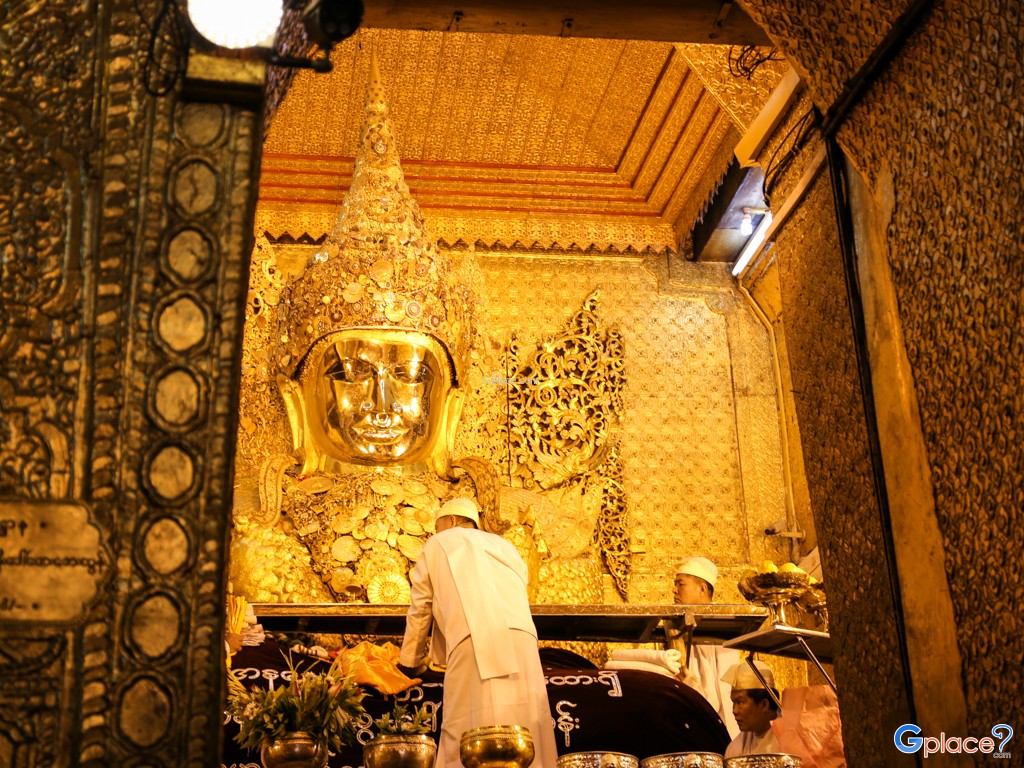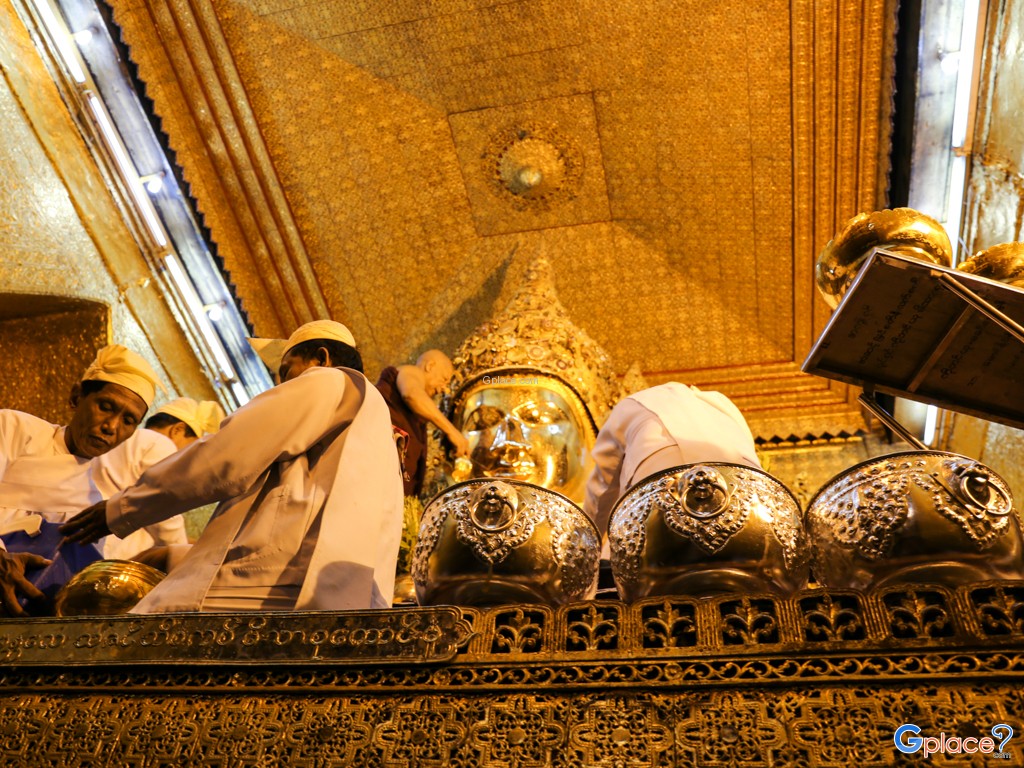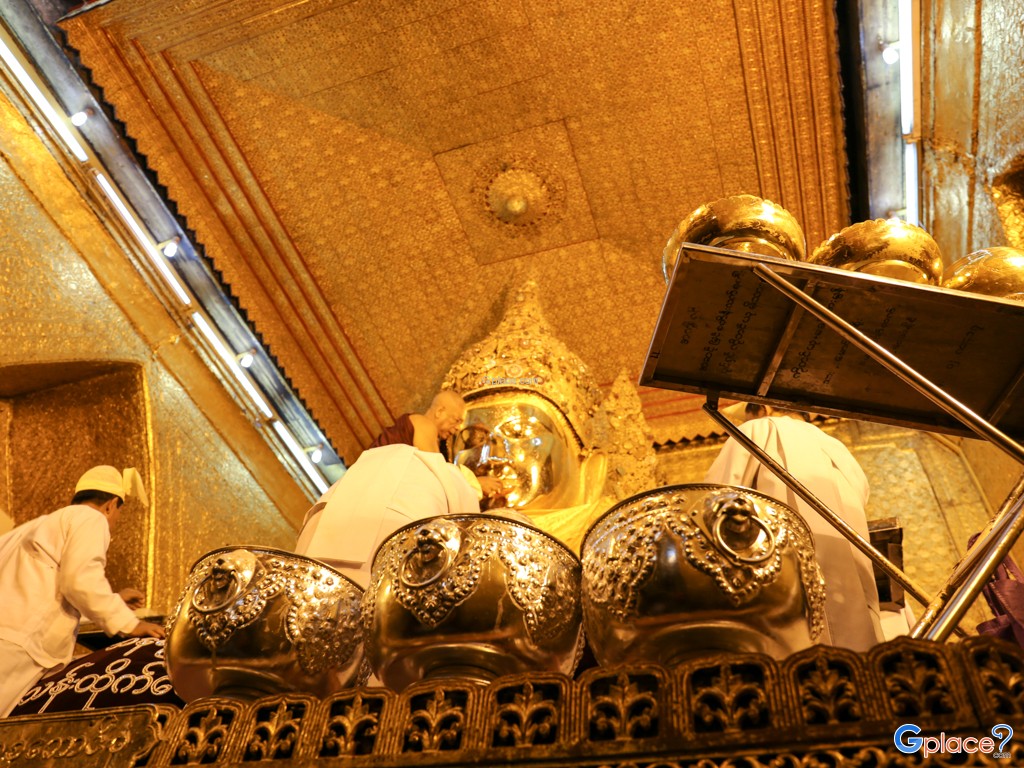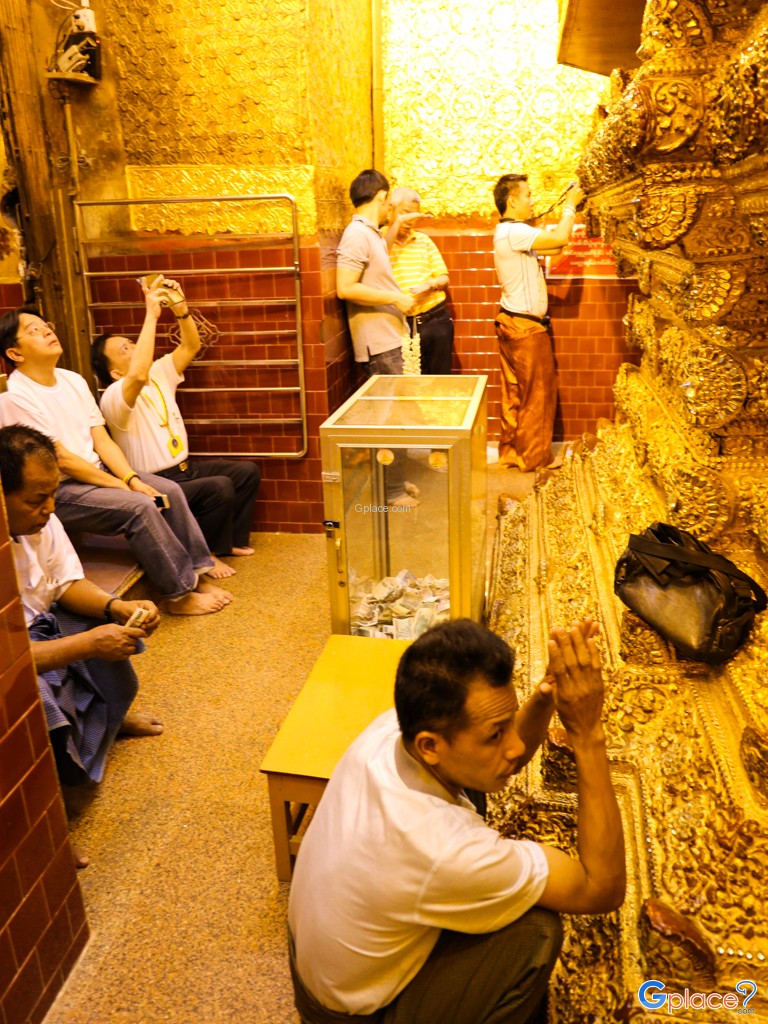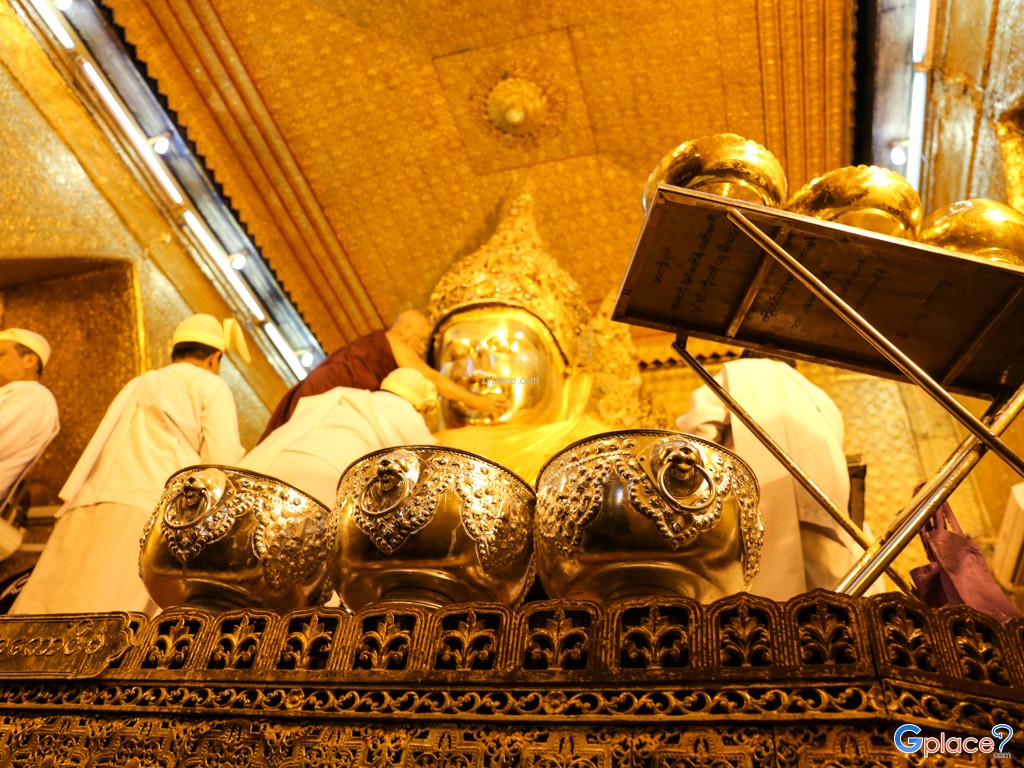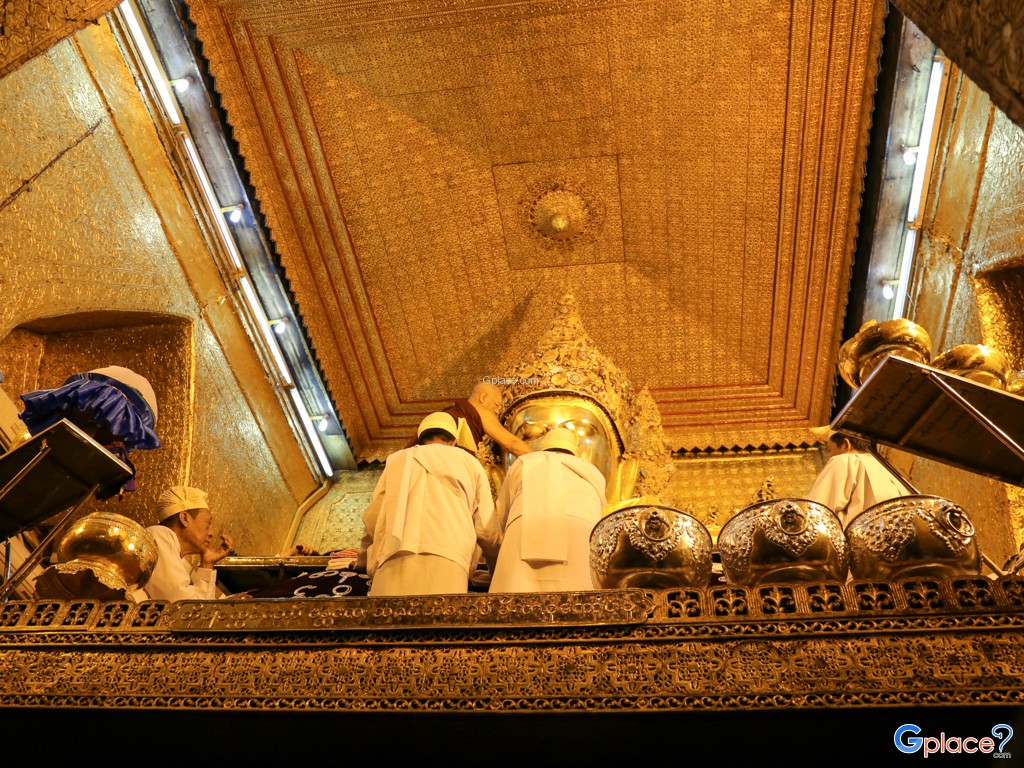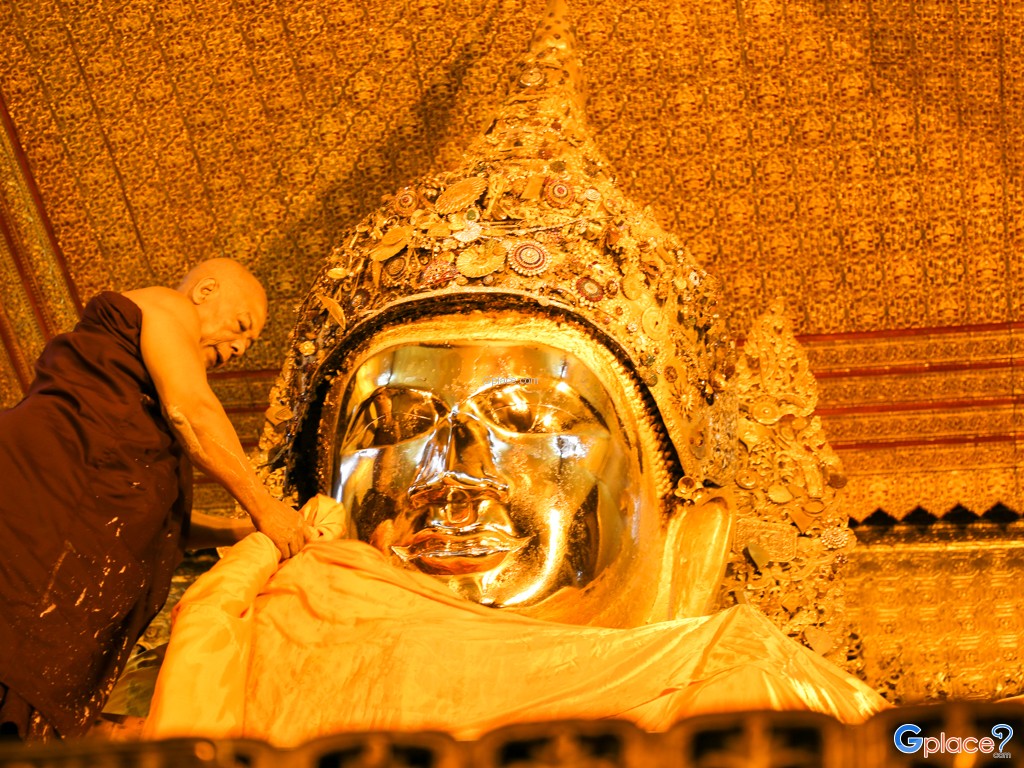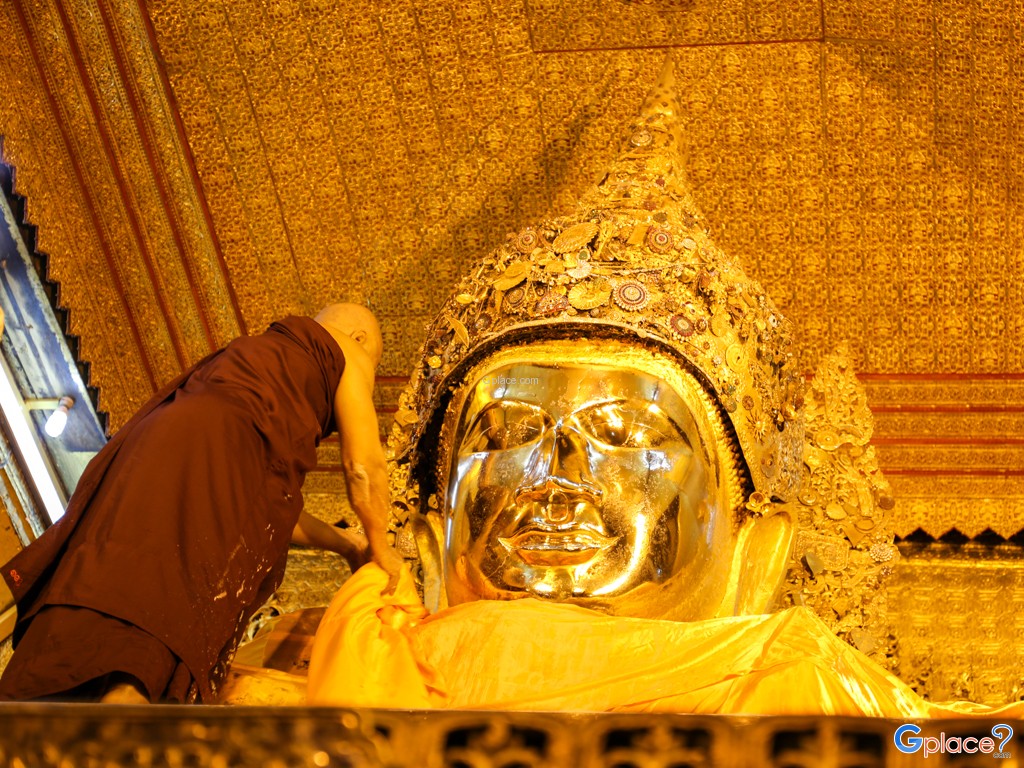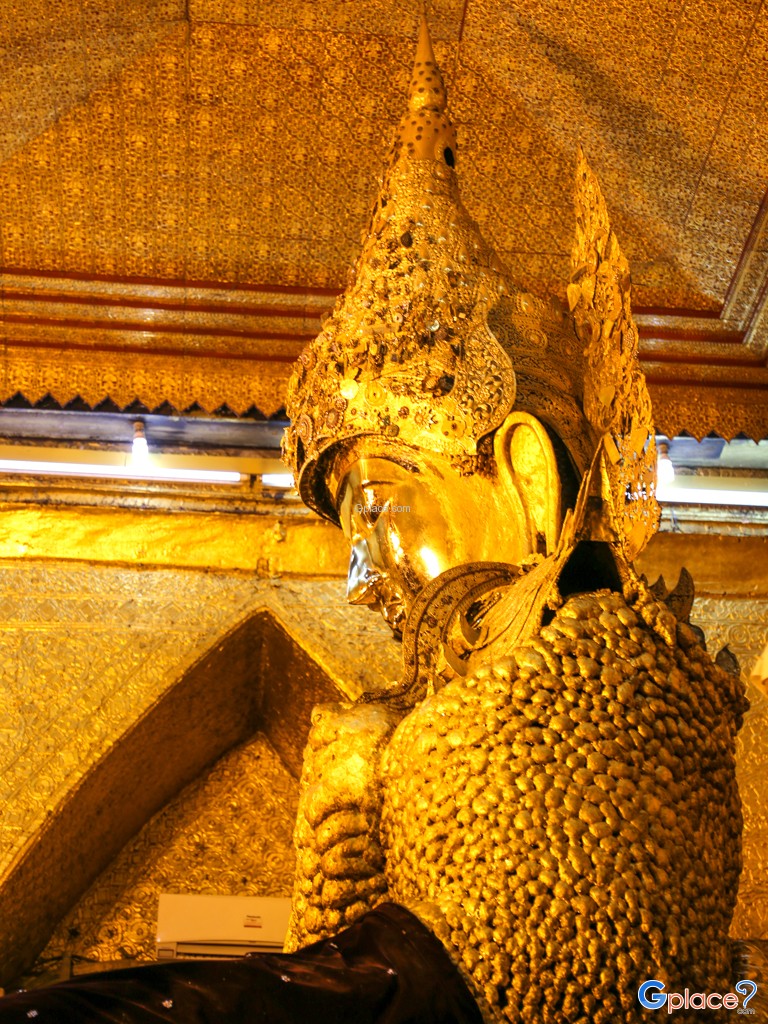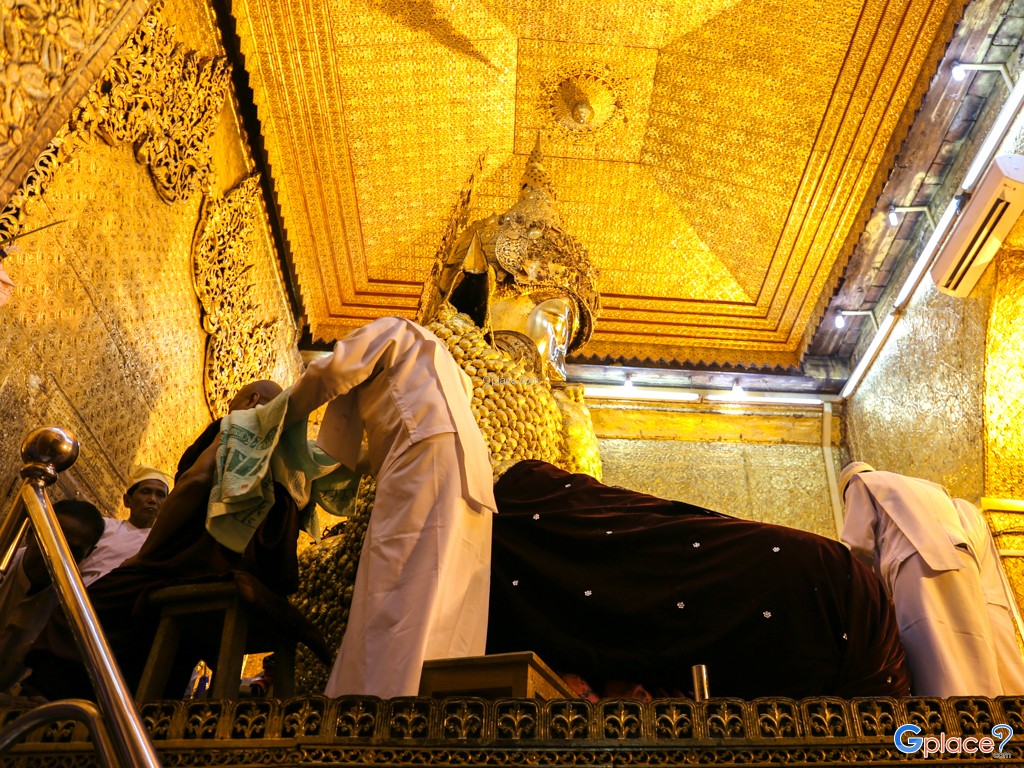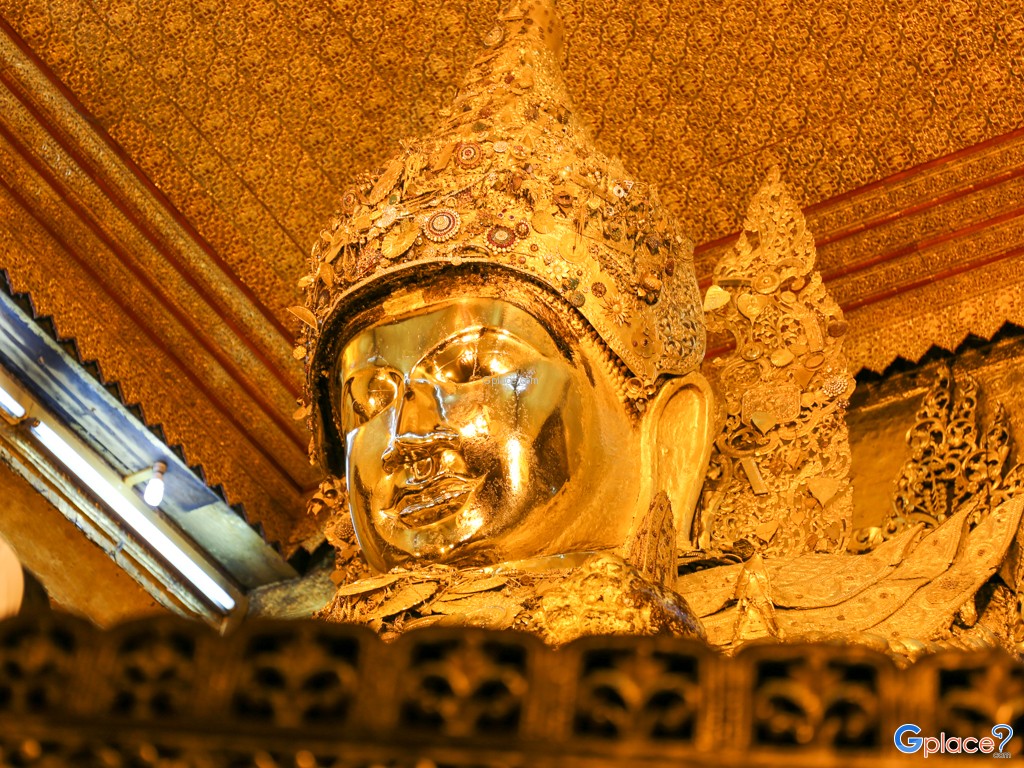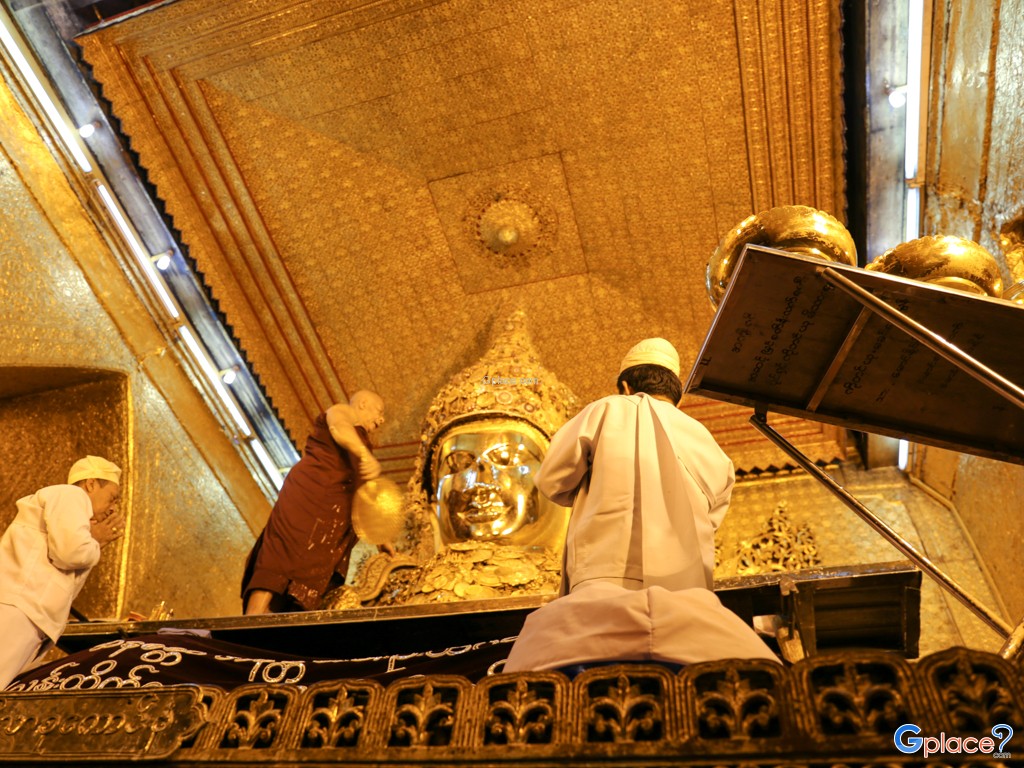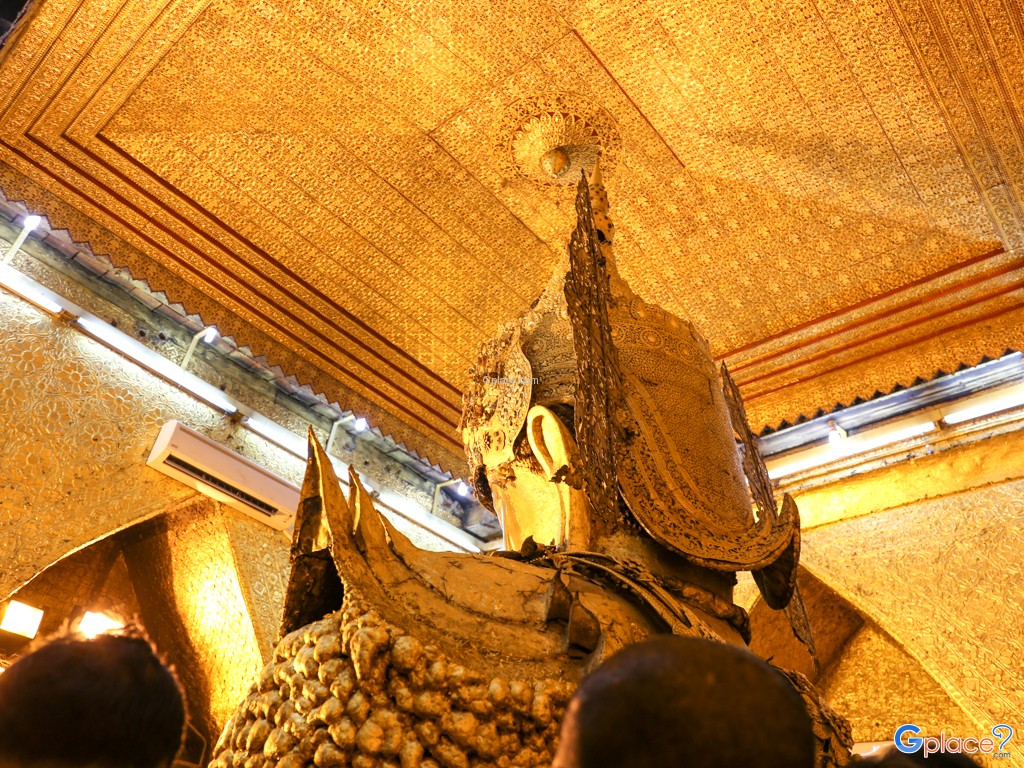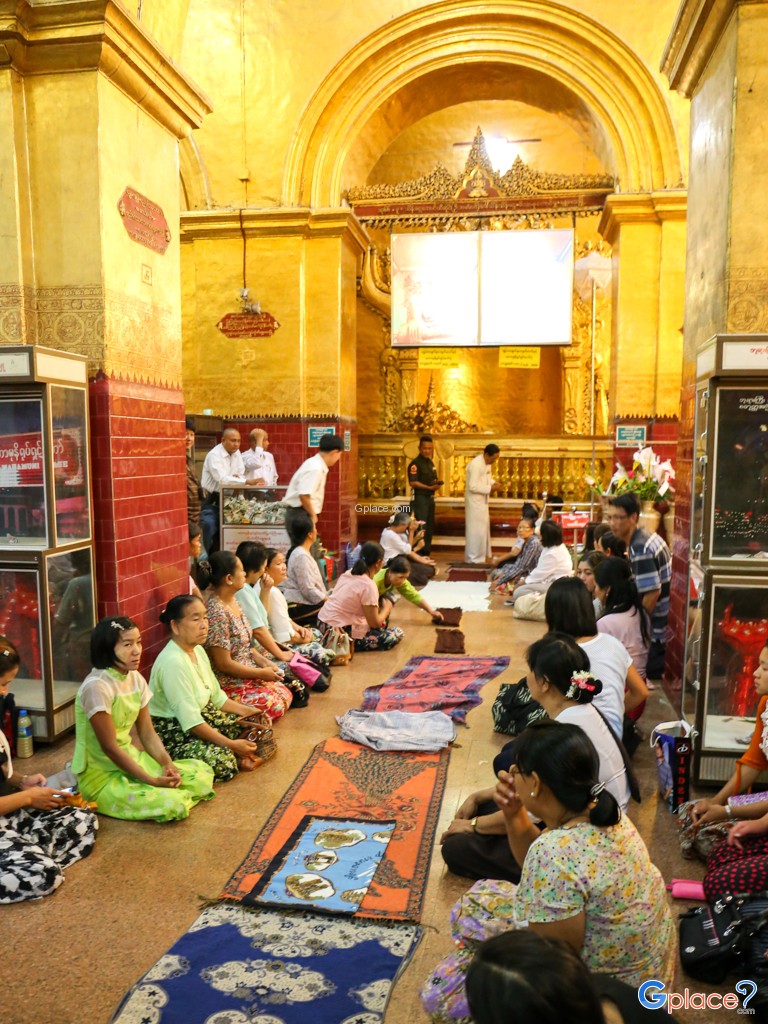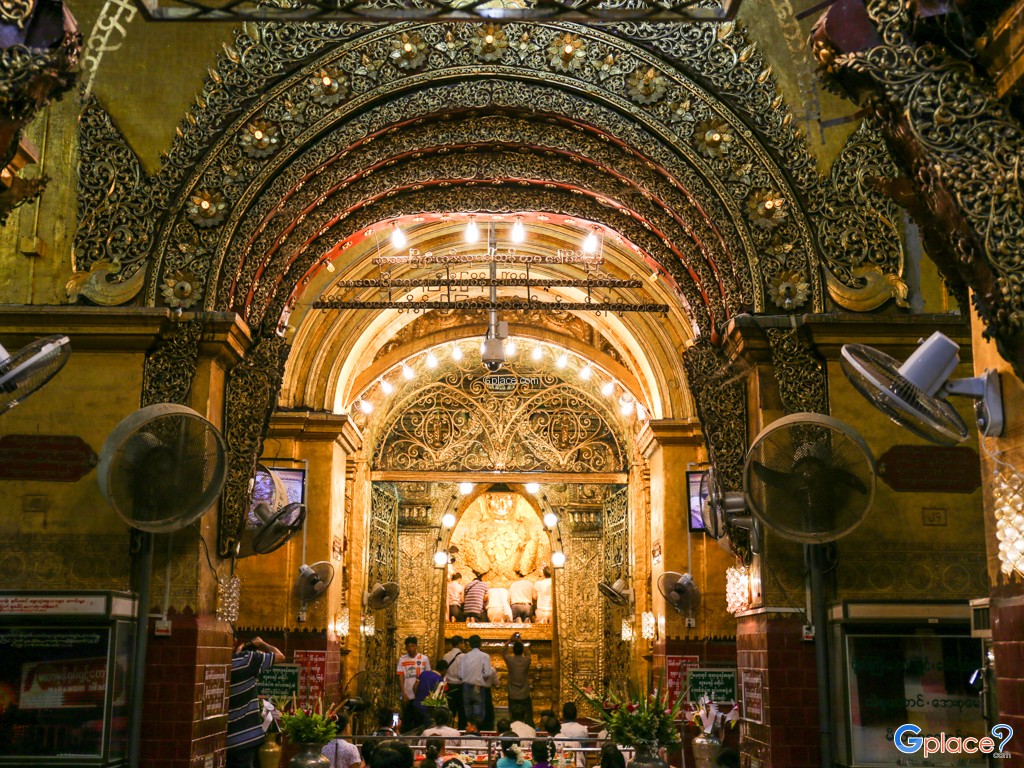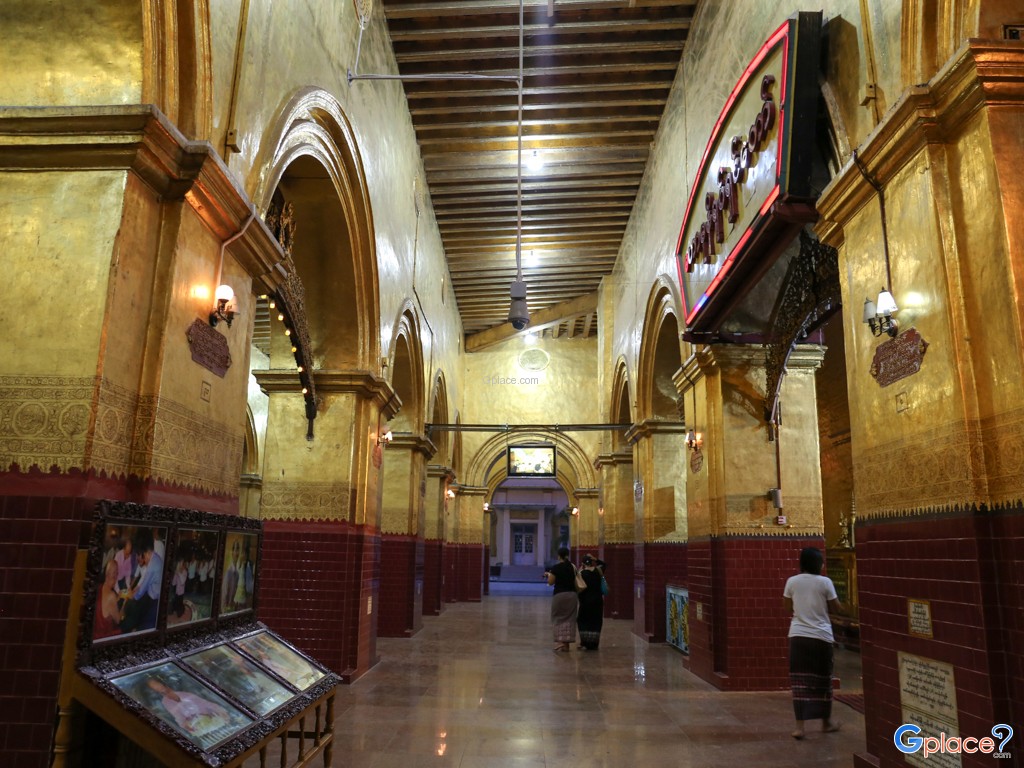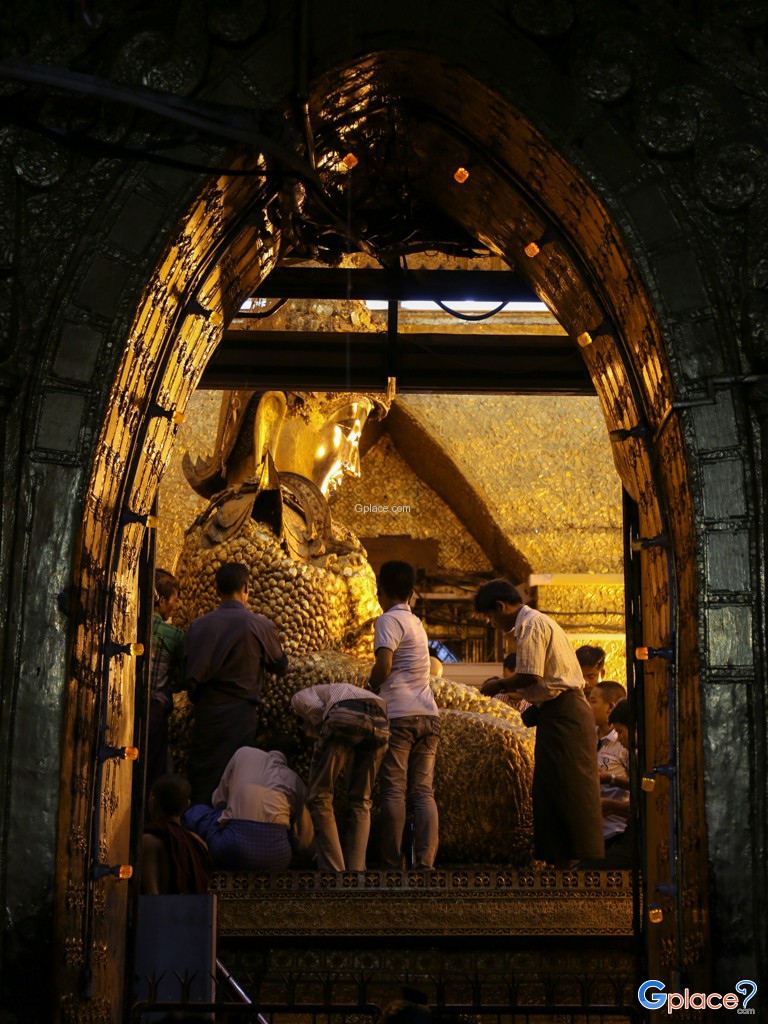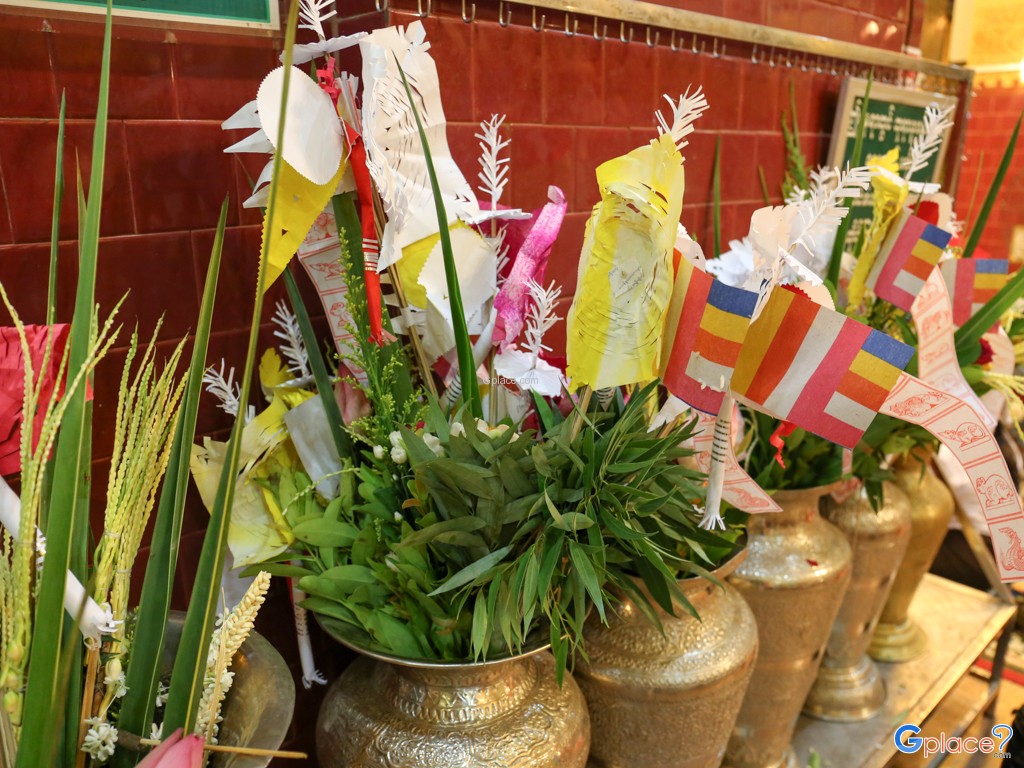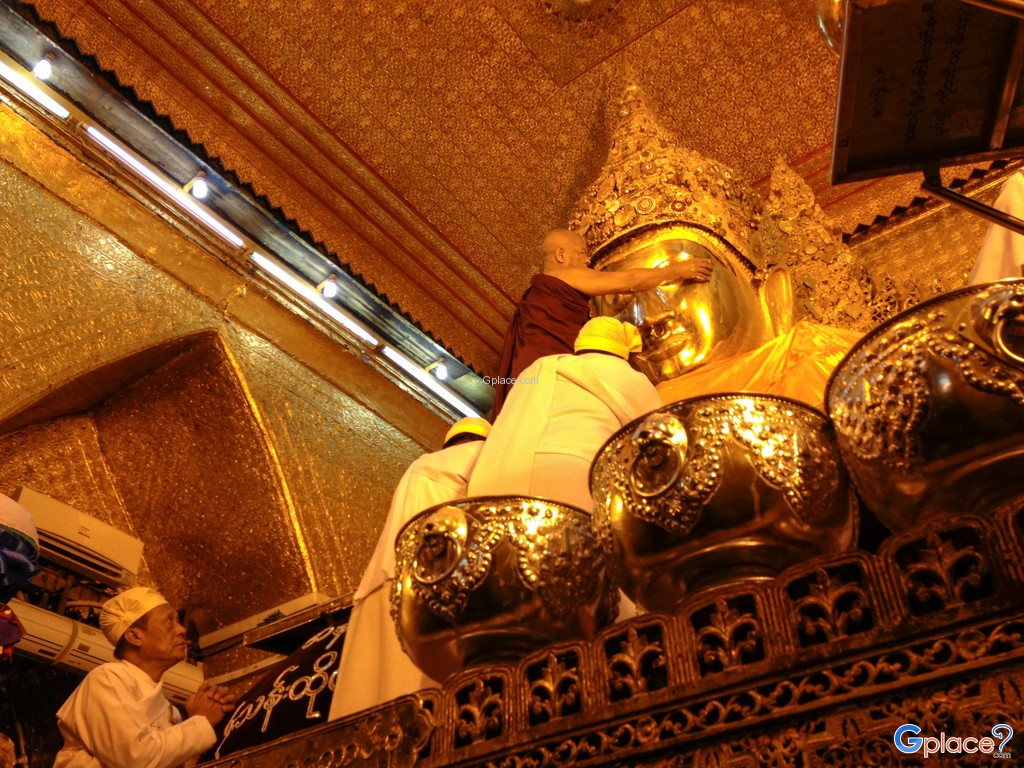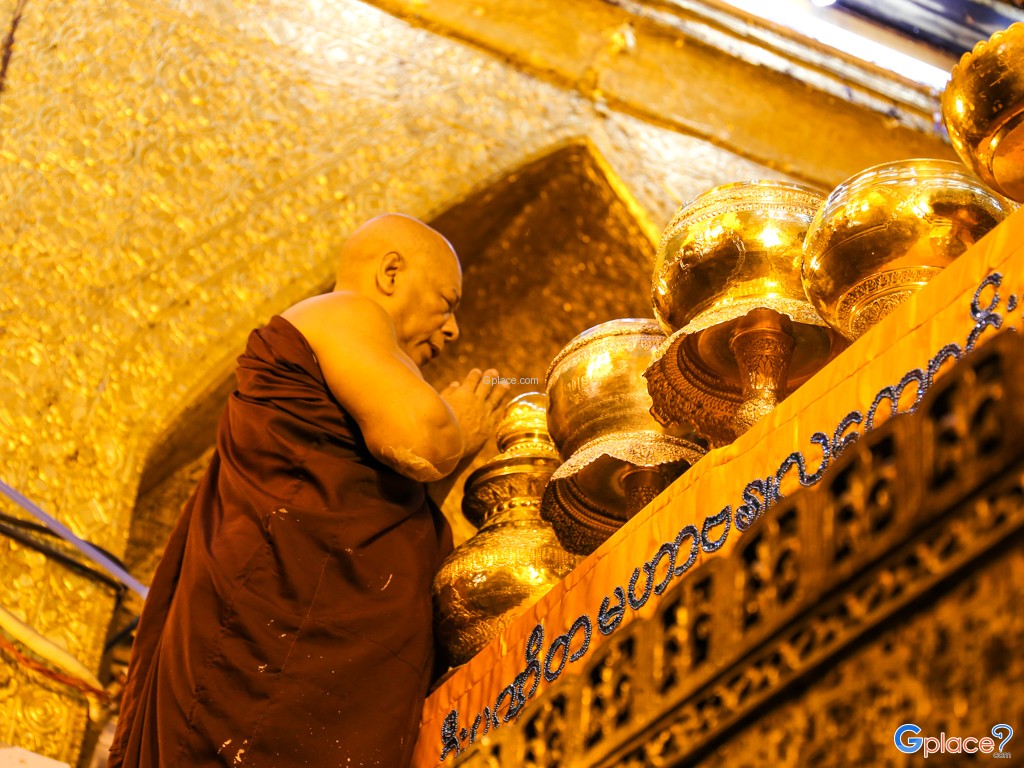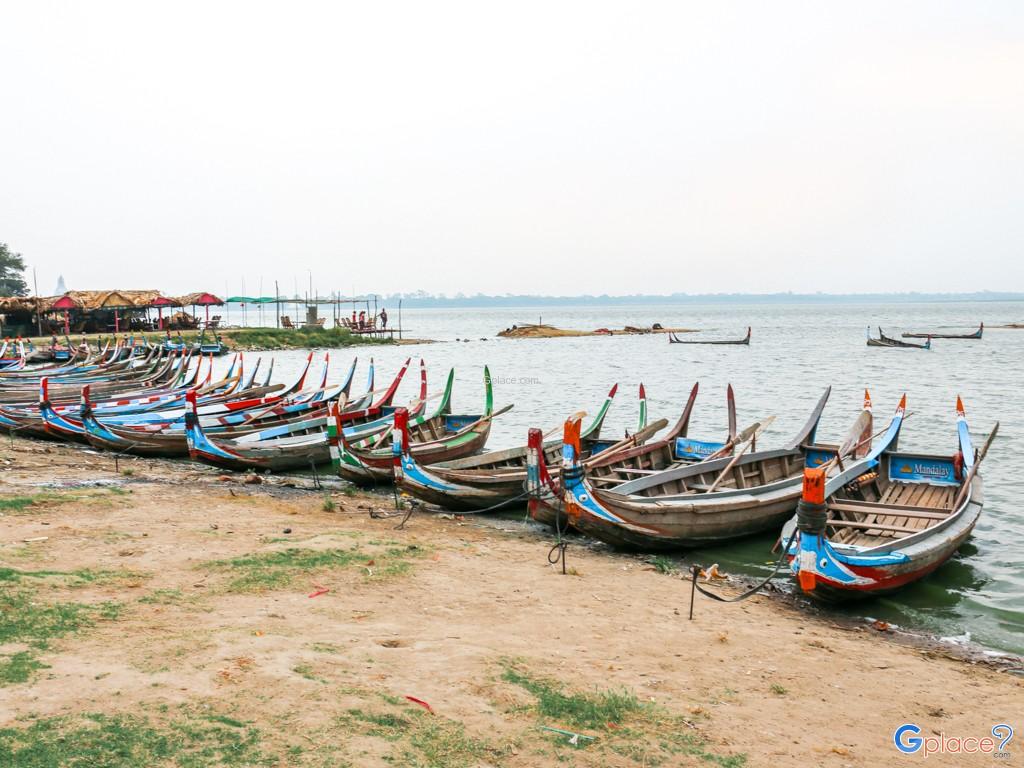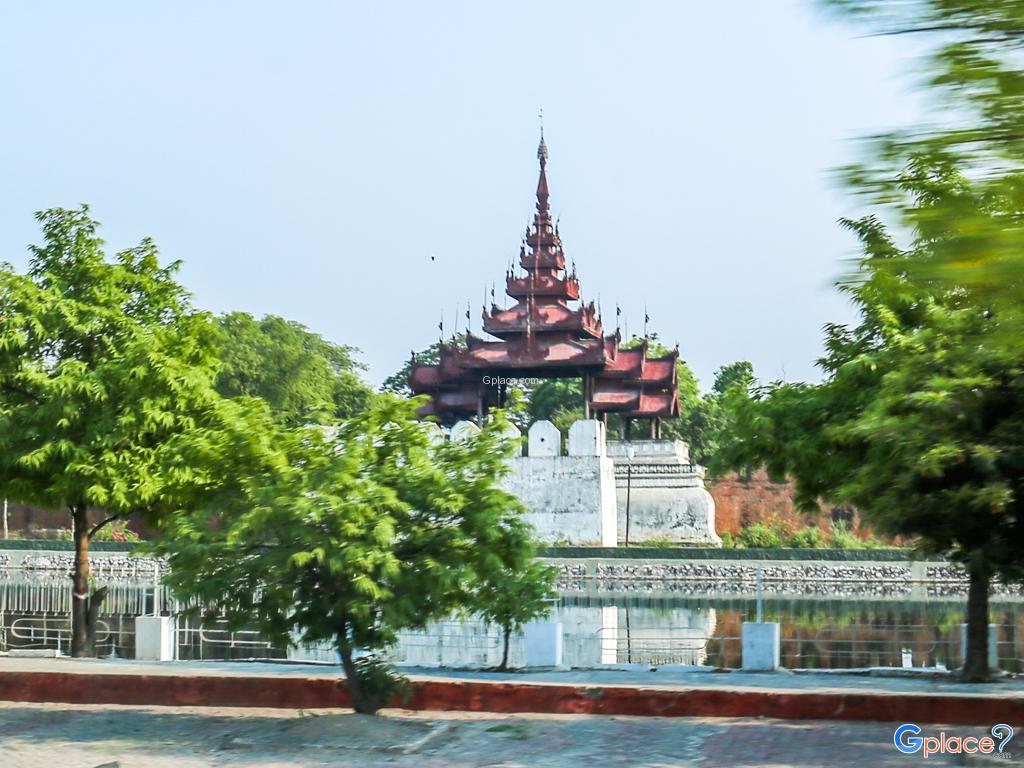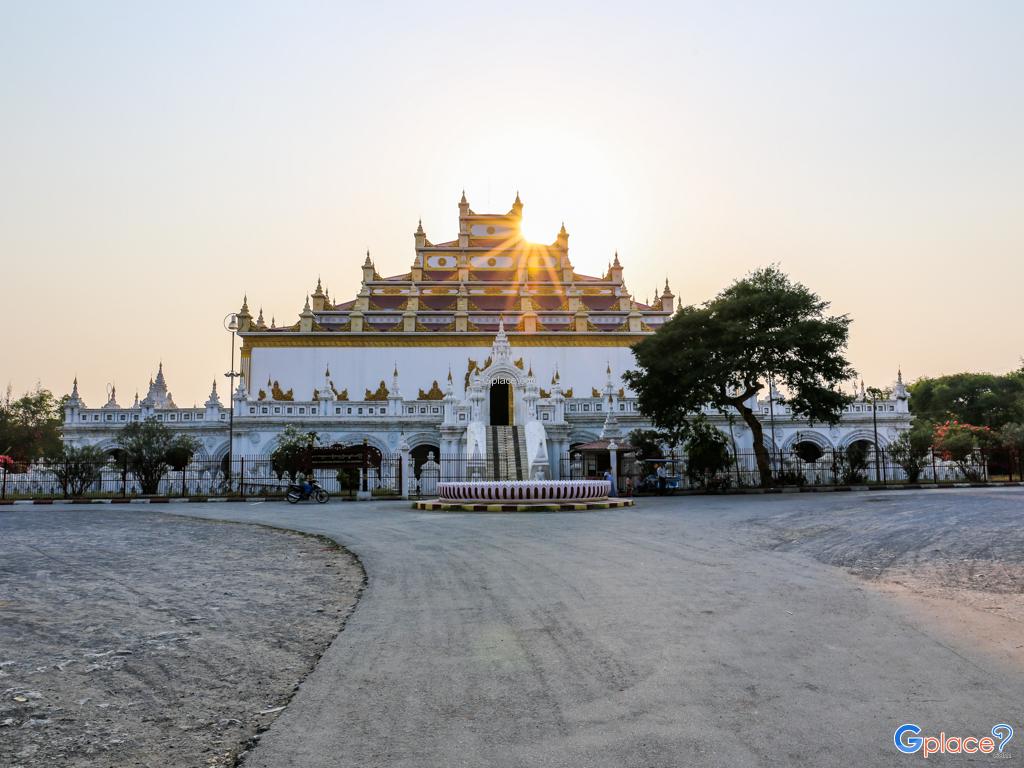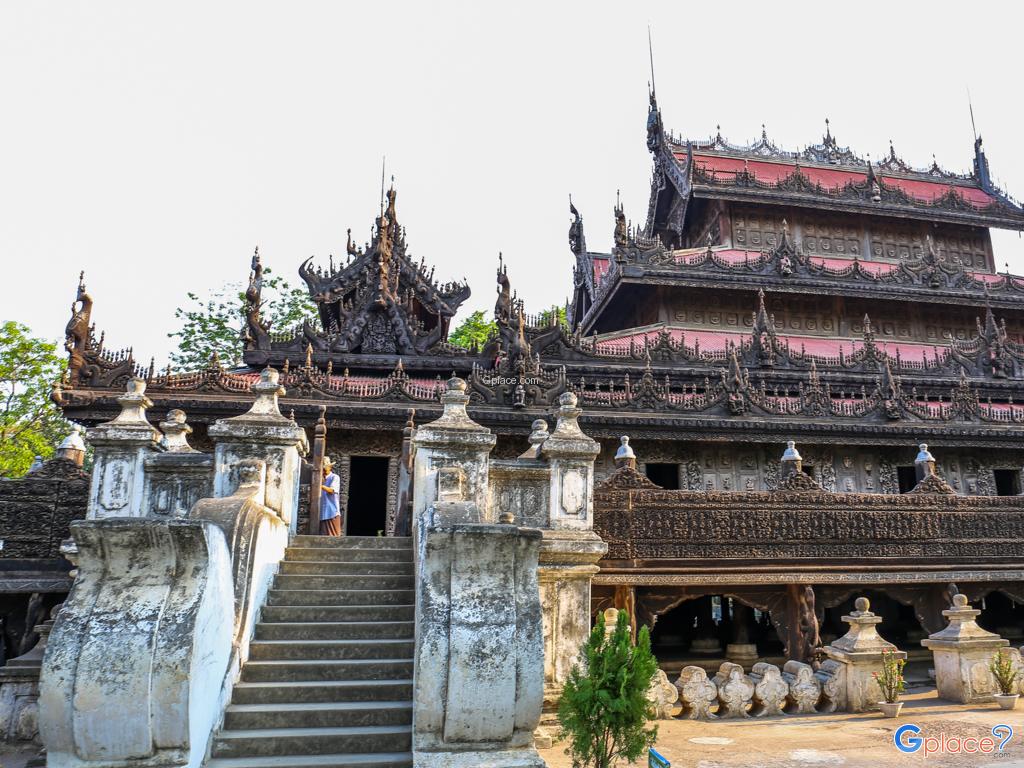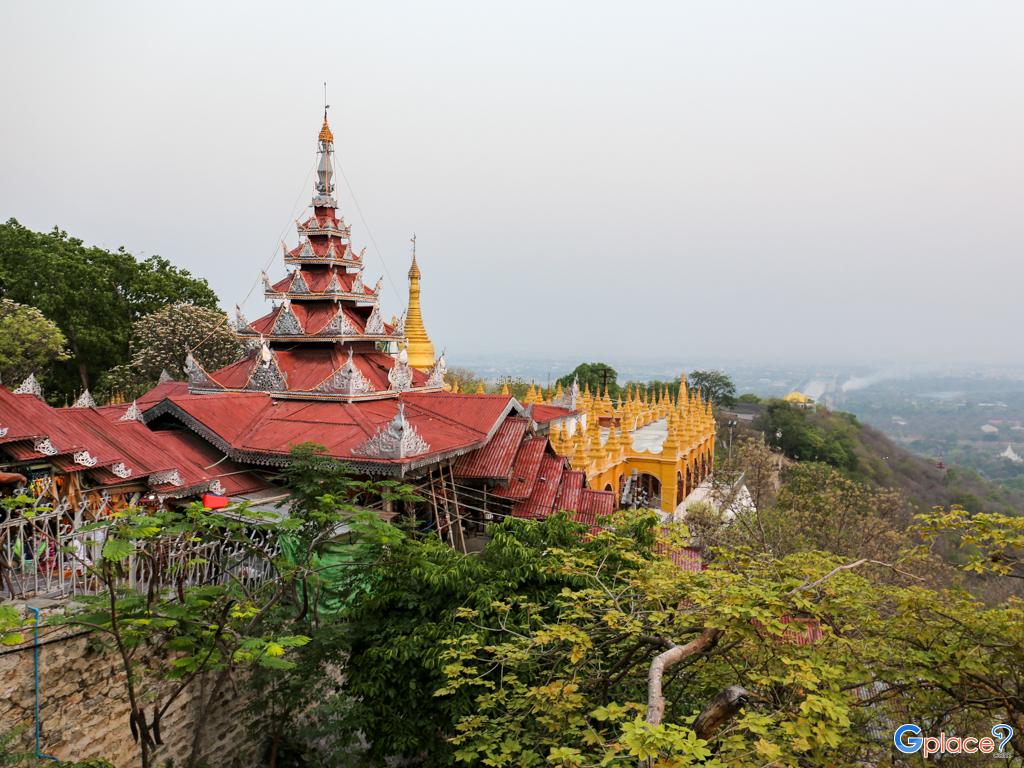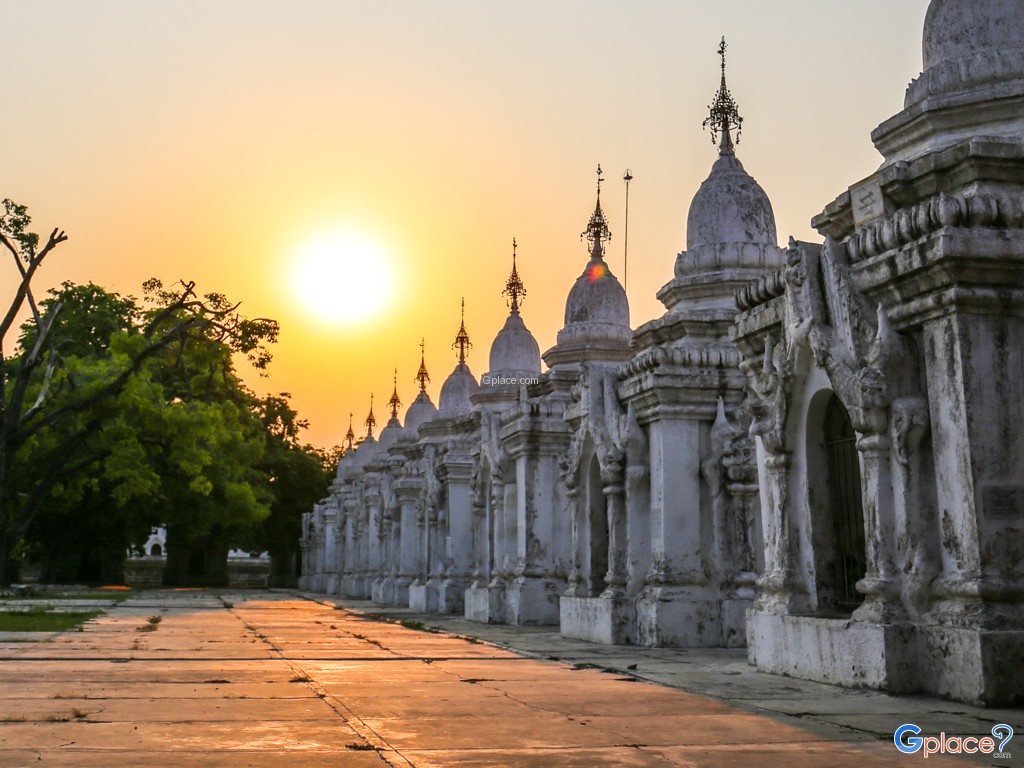“One of the Five Greatest Sacred Shrines of Myanmar, nearly 2,000 years old with a unique daily face‑washing ceremony by senior monks.”
The Mahamuni Buddha Temple is a major Buddhist pilgrimage site located southwest of Mandalay, Myanmar. It enshrines the revered Mahamuni Buddha image, whose name literally means "The Great Sage." According to ancient tradition, only five likenesses of the Buddha were made during his lifetime: two in India, two in paradise, and the fifth—the Mahamuni Buddha image—located in Myanmar.
Legend holds that the Buddha visited the city of Dhanyawadi in Arakan (present-day Rakhine State) around 554 BC. At the request of King Sanda Thuriya, an image was cast to represent the Buddha. After the casting, the Buddha breathed upon the image, which is why it is believed to possess life-like qualities and to be the exact likeness of the historical Buddha.
For centuries, the Mahamuni image remained in Arakan, highly venerated by local peoples and kings alike. Many monarchs attempted to relocate the statue but failed due to difficult terrain and other obstacles. Finally, King Bodawpaya—the fourth son of Alaungpaya, founder of the Konbaung dynasty and the Third Burmese Empire—succeeded in conquering Arakan in the late 18th century. He transported the Mahamuni image to Amarapura, and later it was permanently enshrined in Mandalay in 1785.
The statue is made of bronze, standing approximately 3.8 meters tall and weighing over 6.5 tons. Over the centuries, male devotees have applied thick layers of gold leaf to its surface, creating a gold shell as thick as 15 centimeters on the body, while the head remains polished by monks daily.
A distinctive daily ritual, the face-washing ceremony, takes place from 4:00 to 5:00 AM. A senior monk washes the statue’s face with scented water, brushes its teeth with neem twigs, and applies sandalwood paste using fresh towels, which are then distributed as sacred keepsakes to worshippers. The ceremony is accompanied by traditional chanting and music, lasting over an hour.
Customary tradition restricts women from approaching within approximately 10 meters of the statue, and only men are allowed to apply gold leaf. Women observe the ritual from a designated area behind a rope barrier.
The temple complex also hosts annual festivals, such as the Mahamuni Pagoda Festival in early February, featuring scripture recitations, cultural performances, communal feasts, and sticky rice cooking competitions. Another important event during the Tazaungmon month (November–December) honors the statue with offerings symbolizing its protective powers.
Beyond its spiritual significance, the temple is a cultural treasure, featuring traditional Burmese architecture and ancient bronze sculptures believed to have healing powers.
For visitors unable to enter the inner sanctum, live-streaming screens are provided so they may witness the sacred rituals remotely.
How to Get There
Located in Chanayethazan Township, the temple sits about 10–20 minutes from central Mandalay by taxi, rickshaw, or motorcycle carriage. Well-marked signage guides visitors from major routes
Travel Tips
-
Arrive before 4:00 AM to witness the face-washing ceremony
-
Dress modestly: shoulders and knees covered; remove shoes before entering
-
Women should stay outside the inner sanctum behind the rope barrier
-
Gold leaf may only be applied by male devotees, but visitors can observe and participate in other offerings
-
Avoid peak festival days if you prefer quieter visits
Admission & Fees
- Entry is free, though a camera fee may apply. Donations and offerings are accepted from worshippers and pilgrims.
Opening Hours
- Open daily from 04:00 AM to 6:00 PM, with the sacred face-washing ceremony between 04:00–05:00 AM

















